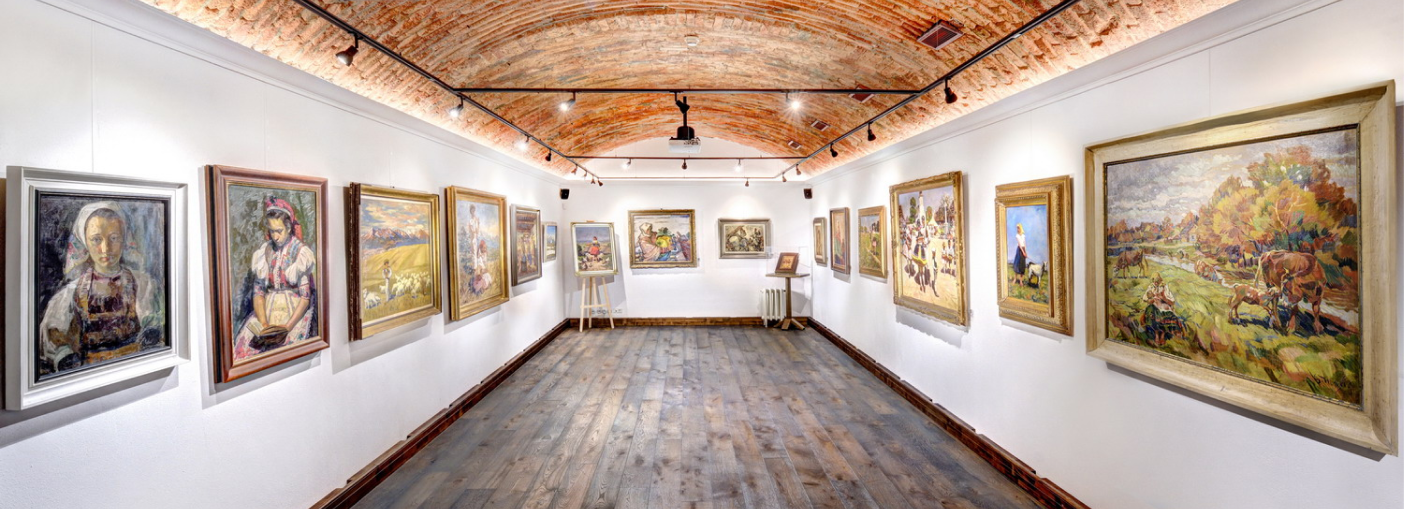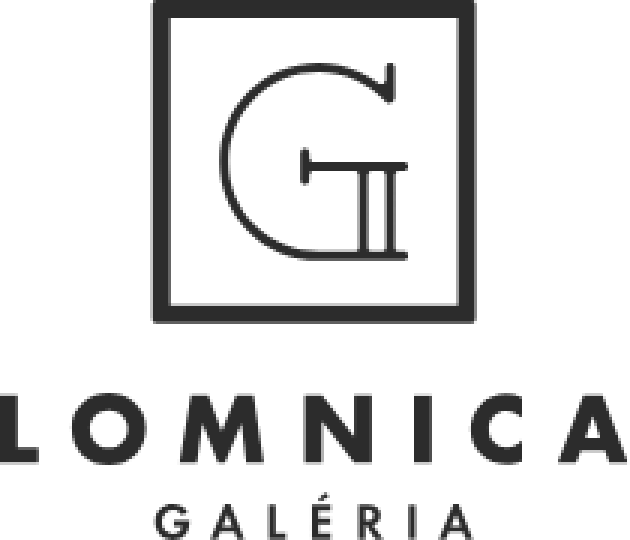
Miloš Alexander Bazovský was born on 11th January 1899 in Turany nad Váhom, and died on 15th December 1968 in Trenčín, where he is also buried. The commemorative statue on his grave was made by Vladimír Kompánek. After 1918 he studied at the University of Fine Arts in Budapest (professor Réti), in 1919 – 1924 at the Academy of Fine Arts in Prague (professors Loukota, Bukovac, Pirner, Obrovský, Švabinský). When in Prague, he also briefly attended the private school of A. Kalvoda and in 1921 he stayed and studied at the private school of painting of professor Deluga in Vienna. After graduation, Bazovský lived and worked in Turany, in 1930 – 1931 stayed in Martin, between 1957 and 1962 lived in Čemice and finally between 1962 and 1968 in Trenčín. In 1929, he conducted a study trip to France, Germany and Switzerland together with Palugyay. In 1930 – 1933 he worked with Alexy and Palugyay (travels through the Orava, Detva and Pohronie regions). In 1932 he travelled with Alexy to Poland and in 1936 he attends the Venice Biennale. Then, in 1936 – 1937 he studies temporarily in Yugoslavia. At that time (1937), he also temporarily stayed in Poland and Sweden. Between 1920 and 1930 Bazovský regularly held exhibitions with the Society of Slovak Artists, later in the 1930s with the Association of Slovak Artists and in 1939 – 1945 with the society of Slovak Fine Artists. After 1946, with the Group of 29th August. In 1934 he had exhibition in Vienna, in 1942, 1958 and 1967 his works were selected for the collection for the Venice Biennale. The most important anthology exhibition of Bazovský’s work was held in Bratislava (1960 – 1961, Slovak National Gallery). In 1979, a stable exhibition of his works was opened in the M. A. Bazovský Gallery in Trenčín, which administers the painter’s estate. His work in the 1920s is still influenced by the more conventional impressionist outdoor landscape painting; however, towards the end of the decade, his alternative ideal of the national style is starting to develop. This style lacks the pathos or idealisation of Benka’s type; therefore, it was also devoid of the descriptive ethnographic and folklorist approach; instead, it rather focused on internal mood and lyrical character of motifs from patriarchal Slovakia. Towards the end of 1920s, while he was painting together with J. Alexy and Z. Palugyay, Bazovský’s specific painting style fully matured, typical for abstracted and reduced shapes, full-bodied colour, spontaneous compositional layout, morphology of symbols and his typical sonorous colouring in a reduced range of colours. Rather than large compositions, it is his small-size works with large concentration of exceptional pictorial energy that enjoy much higher prestige among collectors. Bibliography: Cincík, J.: Miloš A. Bazovský. Náčrty. Martin 1945; Vaculík, K.: Miloš Bazovský. Bratislava 1958; Vaculík, K.: Miloš Alexander Bazovský. Bratislava 1967; Abelovský, J., Ruttkay, J: Miloš Alexander Bazovský. Bratislava 1999.
